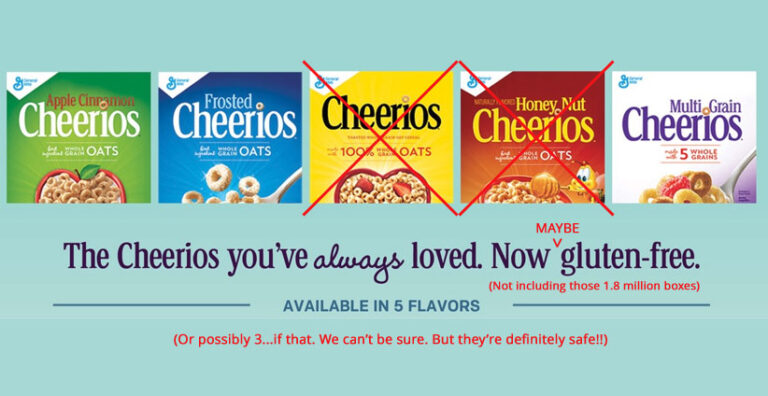
The IARC's analysis of glyphosate has fallen under scrutiny after an extensive Reuters review found that the agency had edited parts of the material that didn't align with its conclusion. Five hundred more have been deemed "not classifiable" as carcinogens.

In its analysis of more than 900 chemicals, the IARC has only classified one of them as non-carcinogenic. Other chemicals belonging to this group include acrylamide, a chemical found in burned, charred, and toasted foods. The report gave glyphosate a "Group 2A" classification, which means it is "probably carcinogenic in humans." The label is often used for chemicals showing strong evidence of carcinogenicity in animals, but limited evidence in humans. Much of the evidence suggesting that glyphosate may be carcinogenic, or cancer-causing, comes from a 2015 report published by the World Health Organization's International Agency for Research on Cancer (IARC). The words "cancer-causing chemical" may hold an alliterative charm, but determining whether a chemical actually causes cancer is a difficult task.
/cloudfront-us-east-1.images.arcpublishing.com/gray/72KH7KWNDZAHPHTPBK6Z3SGZ5M.jpg)
Nature Valley's oats and honey crunchy granola bars showed glyphosate levels of 320 parts per billion.


 0 kommentar(er)
0 kommentar(er)
